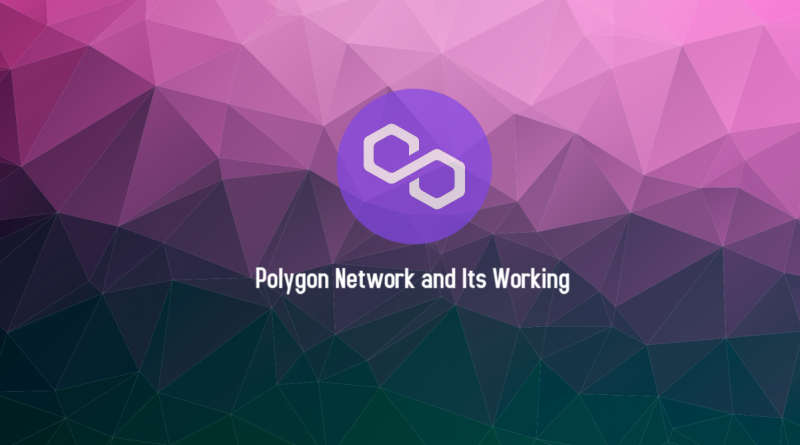Defining Polygon Network and Its Working
Snapshot
- Understanding Polygon
- How Polygon work?
In recent times, Polygon, formerly Matic, a digital asset, emerged showing a lot of promise. Many Crypto experts believe it to be the future and are betting on it. It has formed partnership with various major firms from within and outside the crypto industry. It is expected to replace Ethereum in the future
What makes Polygon so special? Why has it gained so popularity?
Understanding Polygon
Matic network is a framework to develop blockchain networks that are decentralized and linked. A new approach, sidechain approach, is utilized by Matic so that it can overcome some of the weaknesses of Ethereum.
A new technology called Plasma is being used by Matic to process transactions off-chain before they are completed on the Ethereum Main chain. Polygon is a complete platform, allowing interoperable blockchains.
For developers, pre-configured blockchain networks can be developed with customized characteristics using Polygon. Increase in the number of modules will enable the developers to build independent blockchains with specific functionalities and if need be, can be further customized.
How Polygon work?
The design of Polygon is a four-tier system consisting of Ethereum, security, Polygon networks and execution layers.
Ethereum layer comprises Ethereum smart contracts developed on a network. These smart contracts allow multiple Polygon chains and Ethereum to communicate, transact and stake with one another. Security layer uses “validators as a service” to provide an additional layer of security.
Polygon network and Execution layer are required levels. The Polygon network layer serves as a foundation for all other blockchain networks that are built upon Polygon. They individually form a community of their own in which they are in charge of blocks generation and getting consensus locally. The Execution layer handles the smart contracts execution, and it acts as the Polygon’s version of EVM (Ethereum Virtual Machine).
Polygon’s message-passing feature allows communication between chains deployed on Polygon and with the Ethereum main chain. The long term goal that Polygon is trying to achieve is, to create a borderless, open society where users can easily use decentralized services and products without any requirement of middlemen. It aims in creating a hub, allowing multiple blockchains to plug in, while also addressing their weaknesses, in particular poor scalability, excessive fees and improper security.
To achieve these objectives Polygon has employed many technologies, including the ones given below:
POS Chain: It is the main chain of Polygon and is actually an Ethereum sidechain, which provides a proof-of-stake (POS) based security layer for Polygon-based blockchains.
Plasma Chains: Plasma is a scaling mechanism that allows exchange of assets over Plasma bridges between the child chains and the root.
ZK-rollups: Zero-knowledge proof is used by this alternative scaling method, for final public record on Ethereum main chain, so that many off-chain transactions can be grouped together into a single transaction.
Optimistic rollups: “Fraud proofs” is used by this blockchain-based system to enable near-instant transactions.
Disclaimer: The article should not be considered as any financial advice. It is advisable to conduct thorough research before investment.
Photo By nxtgenvirtue on 33Cryptonews

